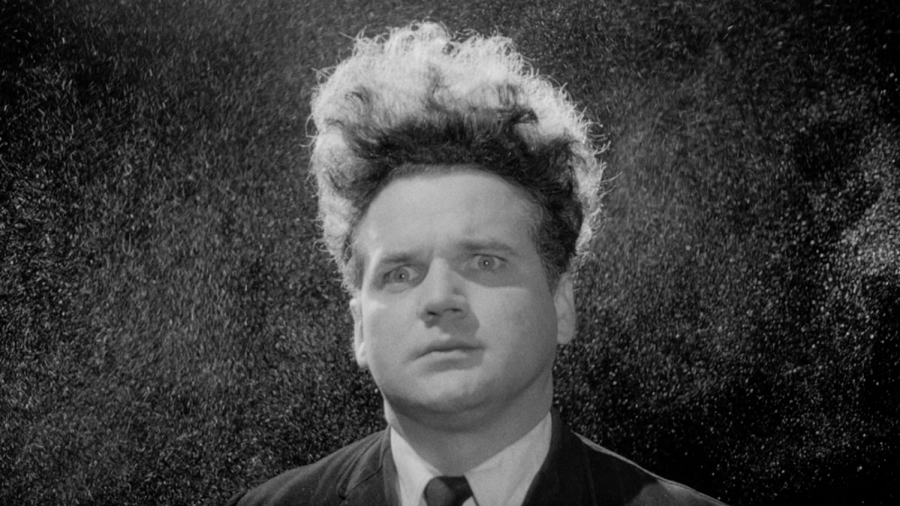Theme of the Month: Midnight Movies (Part Two)
October 29, 2019
Theme of the Month is an article series designed to investigate examples of film, television, and writing that fall under a certain category. The following works are all “midnight movies,” or films that have gained a cult following since their releases.
“The Zodiac Killer”
The only film made with the intent to catch a murderer, “The Zodiac Killer” is perhaps the worst “tabloid horror” movie in existence. It’s so pulpy you’ll be covered in paste after touching it and is, to be honest, very boring. What makes “The Zodiac Killer” so special, however, is its interesting and even admirable production.
In 1970, director Tom Hanson left his chain of Pizza Man restaurants behind, taking to the streets of San Francisco to film his debut (permits notwithstanding). Though Zodiac expert Paul Avery was listed as a consultant, the movie takes many liberties with the killer’s identity, going so far as to speculate motives for his crimes. Pack it up, police, you were wrong all along — the real killer is a Satan-worshipping mailman named Jerry who talks his plans over with his pet rabbits.
For local screenings, Hanson and the gang hid in ventilation shafts and set up a handwritten raffle contest in valiant (unsuccessful) attempts “to catch the bastard themselves.” At one of these showings, Hanson claims to have been approached by an eerily familiar face in the restroom. The only thing he said? “Y’know, real blood doesn’t come out like that.’”
Was it really the Zodiac that Hanson saw that day? Will the killer ever be caught? Does Jerry get more rabbits? These are questions that may never be answered, because, as the film’s final shot says…
THIS IS NOT THE END
“Eraserhead”
The first film by acclaimed weirdo David Lynch, “Eraserhead” is a surreal, disturbing, and nightmarish dive into one man’s psyche. Described by Lynch only as “a dream of dark and troubling things,” it follows Henry Spencer (a permanently freaked-out Jack Nance) as he tries to take care of his deformed newborn.
The movie moves along at a languid but stressful pace, living up to its reputation as a dream and then some. Accompanying this is an ambient soundtrack droning on in the background, which provides the perfect compliment to the industrial landscape.
Bizarre, unsettling imagery dominates every corner of the film, from the festering skin of Henry’s child to the chipmunk-cheeked Lady in the Radiator. (Fans of “Twin Peaks” will recognize some Lynch trademarks: odd patterns of speech, performance stages, and, of course, characters that are more than a little “off.”)
Mere words don’t do “Eraserhead’s” tone justice. Cheesy as it sounds, the film is better experienced in the flesh — in all of its unsettling, ominous glory.



